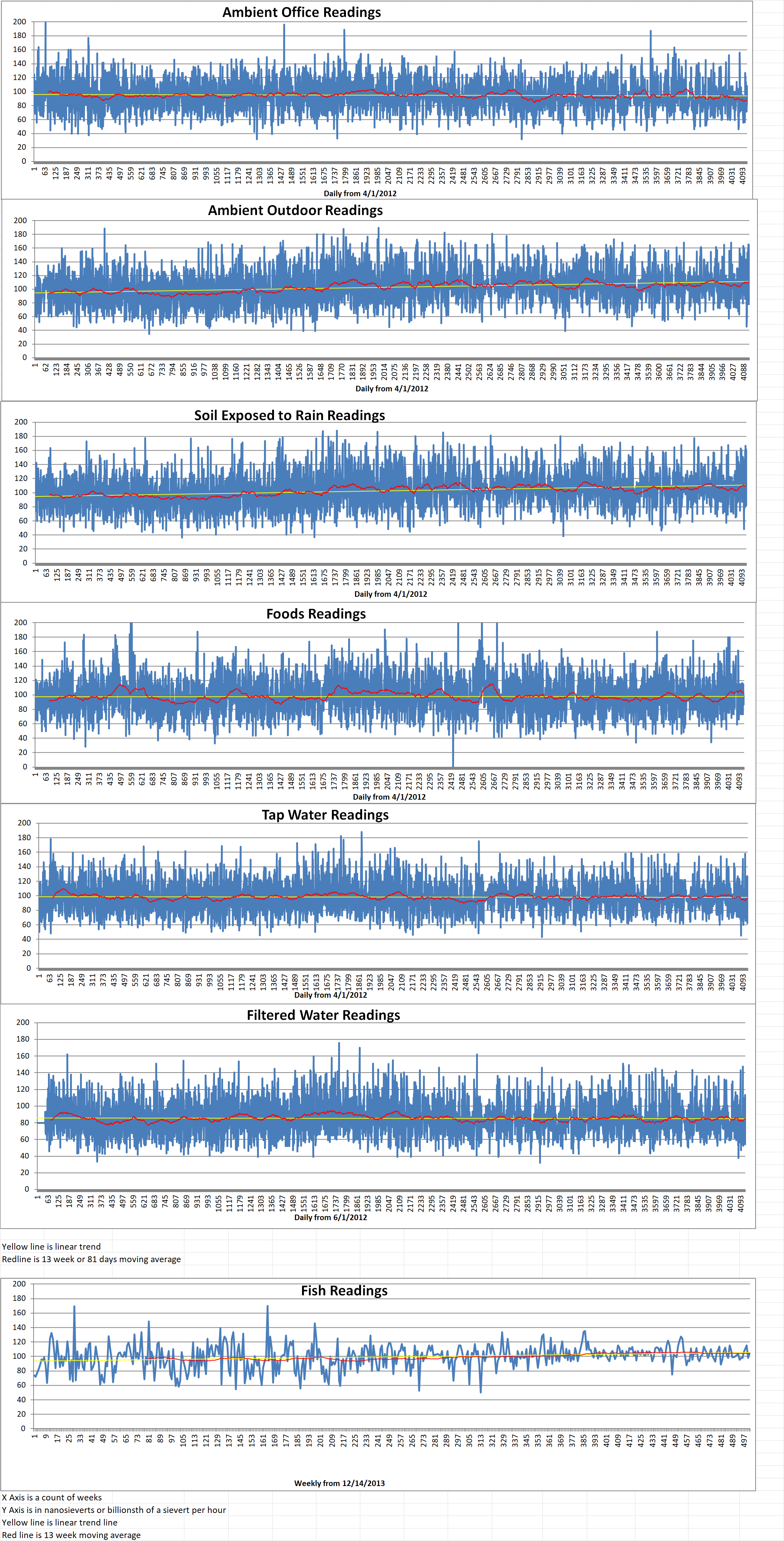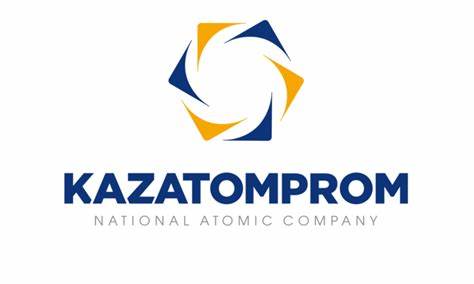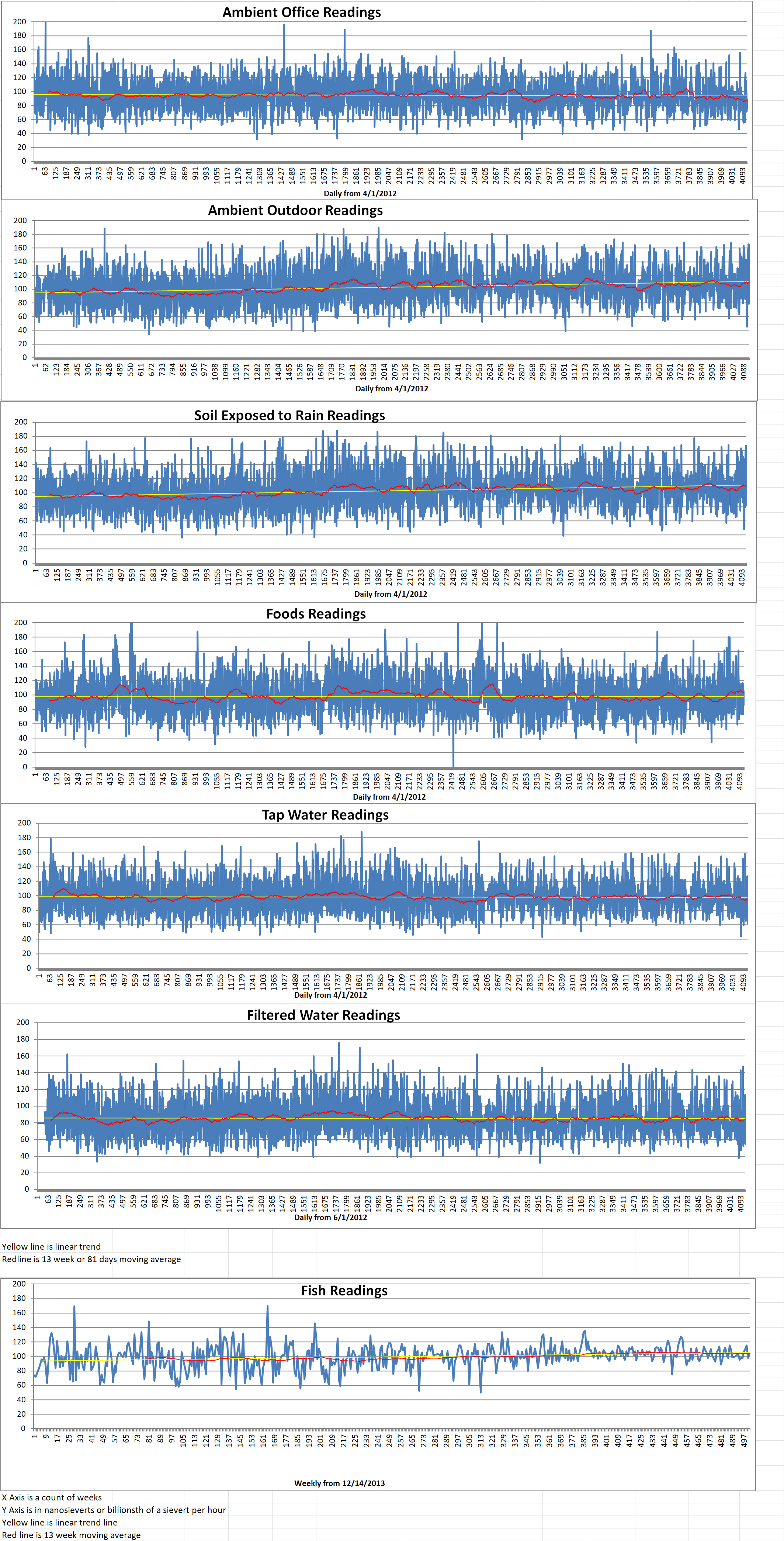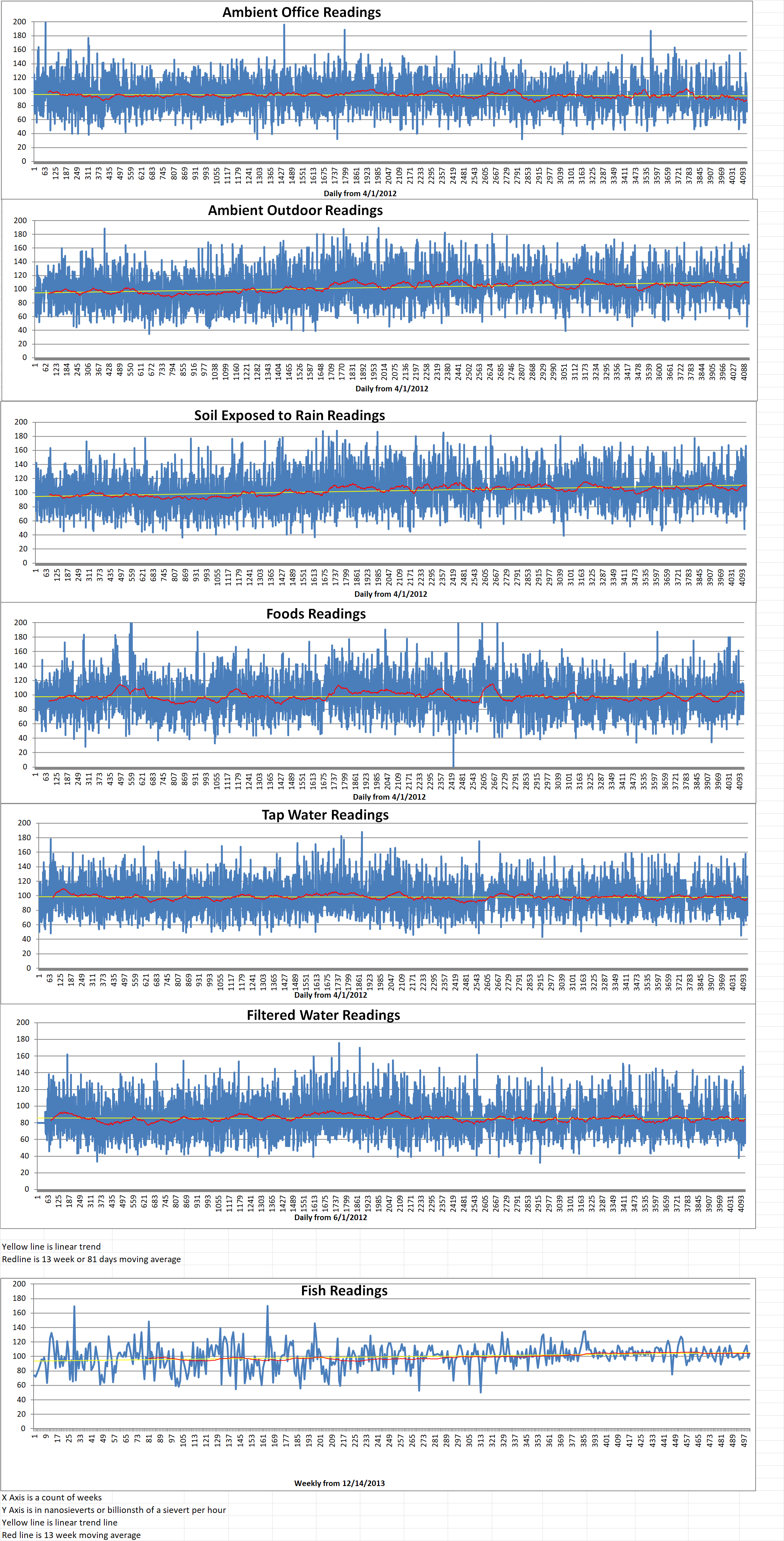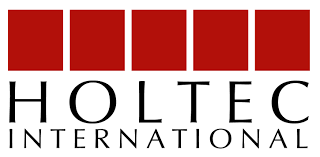Several pieces of equipment containing radioactive material are missing at the Pilgrim Nuclear Power Station in Massachusetts. At the time of a periodic inventory last fall, items such as explosives detectors were not in their expected locations according to Pilgrim owner Holtec International.
David Noyes is a compliance manager at Holtec. He described some of the missing items during a November meeting of the state’s Nuclear Decommissioning Citizens’ Advisory Panel. He said, “Three of the sources are Nickel-63 sources. They’re in explosive detectors, similar to what you’d see in any government installation, or any place where access is being controlled and material needs to … go through an explosive detector.”
A Holtec report to the U.S. Nuclear Regulatory Commission states that seven sealed pieces of equipment containing low levels of radioactivity were initially identified as missing. Some were exempt from requirements for reporting. One was later found at the plant. Last fall, Holtec disclosed the discovery of missing items which happened in September. Noyes informed the panel what Holtec believes happened to five of the sources of radioactivity.
Noyes said that “These five sources are assumed to have been disposed of as radioactive waste” during the cleanout of a building.
The missing items are now getting fresh attention because local activist group Cape Downwinders said it has received an anonymous letter of complaint. Diane Turco is the director of Cape Downwinders. “This is a serious situation if there’s missing radioactive materials out. And it looks like Holtec hasn’t been paying attention to where this has gone.”
Turco characterized the writer of the anonymous letter as a “whistleblower.” However, Holtec spokesman Patrick O’Brien questioned the idea that someone who works at Holtec is behind the recent letter and a previous letter last summer.
The previous letter mentioned an increase in the evaporation of radioactive water from the plant, caused by the installation of submerged heaters. O’Brien said that in both cases, someone who repeats publicly available information has been portrayed as whistleblowing.
In an email, O’Brien said the letters are utilizing public information “to create claims that are at the best skewed and the worst outright wrong/false to create a panic and/or headlines that with little effort could be answered in an educated manner.” The whistleblower letter claimed that four missing sources of radioactivity pose potential health and safety risks.
Holtec described the missing items in a report to the NRC as “less than IAEA Category 3,” referring to definitions set by the International Atomic Energy Agency. According to the IAEA, the next-lowest category, Category 4, can be described this way: “It is very unlikely that anyone would be permanently injured by this source. However, this amount of unshielded radioactive material, if not safely managed or securely protected, could possibly — although it would be unlikely — temporarily injure someone who handled it or who was otherwise in contact with it for many hours, or who was close to it for a period of many weeks. This amount of radioactive material, if dispersed, could not permanently injure persons.”

